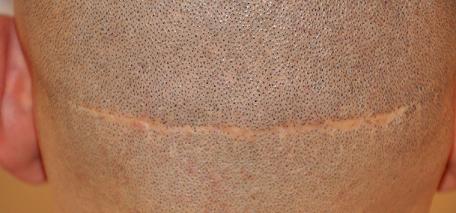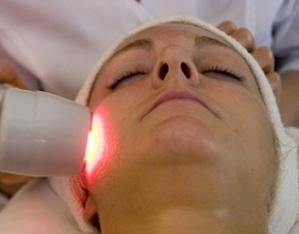Skin Color and Scarring
Increasingly in pluralistic social cultures in the western societies people’s outward appearance may not be the best indicator of the inherited ethnicity. Ethnicity plays a significant part of how skin heals from injury or after surgery.
According to a national report in treating skin of color (SOC), expert physicians necessarily should consider not only patients’ desires and skin color. Additionally, and of prime importance is also the consideration of the patient’s ethnicity and history of scarring, post-inflammatory response, hyperpigmentation (PIH) and tanning.
Dr. Elliot Battle is CEO and President of Cultural Dermatology and Laser Center, Washington, and clinical instructor of dermatology, Howard University College of Medicine. He emphasizes that skin color and ethnicity are separate factors. He comments that out of 1,000 people with the identical skin color, “We would most likely have 1,000 different combinations of African, Caucasian, Latin, Spanish, Indian and Asian ethnicities,” he continues, adding that along with skin color, “Those combinations of ethnicities determine how one’s skin reacts to lasers and skin products.”
Understanding this it is important that your dermatologist to cultivate the habit of asking about a patient’s ancestral history — the ethnicity of their parents and grandparents. “We see many patients who might appear to be Caucasian, but one of their parents or grandparents might be a person of color,” he says. “The future of skin treatments will add ethnicity to the criteria for choosing parameters.
When concerned about scarring for any type be certain that your chosen physician has a good understanding of ethnicity and how it effects scarring.



 In recent years the use of lasers in medicine has enjoyed rapid development in medicine. Doctors and researchers are experimenting with the devices in a wide variety of procedures, like opening blocked coronary arteries and reshaping the cornea of the eye to correct poor vision, dissolving kidney stones and in scar revisioning.
In recent years the use of lasers in medicine has enjoyed rapid development in medicine. Doctors and researchers are experimenting with the devices in a wide variety of procedures, like opening blocked coronary arteries and reshaping the cornea of the eye to correct poor vision, dissolving kidney stones and in scar revisioning.  When an imbalance occurs between the anabolic and catabolic phases of the healing process in a wound somtimes more collagen is produced than the is degradation of collagen in the healing process. This results in the scar growing in all directions. The scar is elevated above the skin and remains hyperemic. This is excessive scar tissue is medically classified either as a keloid or a hypertrophic scar.
When an imbalance occurs between the anabolic and catabolic phases of the healing process in a wound somtimes more collagen is produced than the is degradation of collagen in the healing process. This results in the scar growing in all directions. The scar is elevated above the skin and remains hyperemic. This is excessive scar tissue is medically classified either as a keloid or a hypertrophic scar. 
